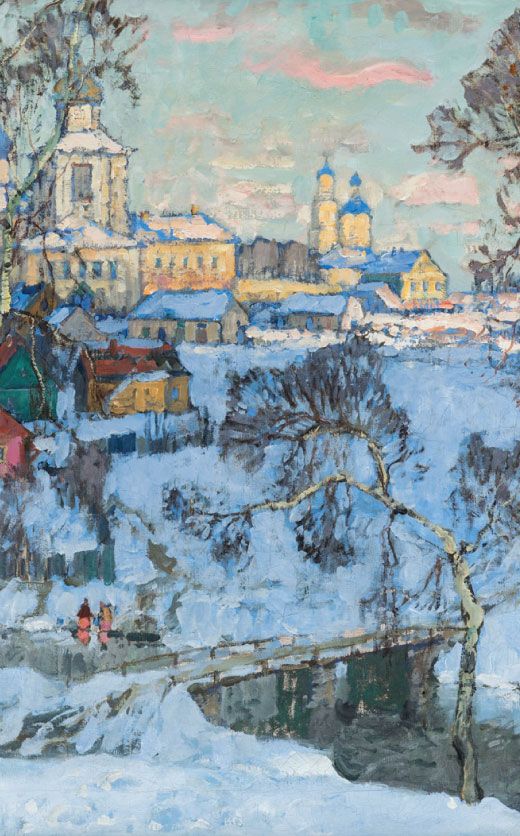5 Zulu & Turkana Pieces - Spoons, Ivory, Doll & Knife
Lot 72f
About Seller
Artemis Fine Arts
686 S Taylor Ave, Ste 106
Louisville, CO 80027
United States
Selling antiquities, ancient and ethnographic art online since 1993, Artemis Gallery specializes in Classical Antiquities (Egyptian, Greek, Roman, Near Eastern), Asian, Pre-Columbian, African / Tribal / Oceanographic art. Our extensive inventory includes pottery, stone, metal, wood, glass and textil...Read more
Categories
Estimate:
$800 - $1,500
Starting Bid
$400
Absentee vs Live bid
Two ways to bid:
- Leave a max absentee bid and the platform will bid on your behalf up to your maximum bid during the live auction.
- Bid live during the auction and your bids will be submitted real-time to the auctioneer.
Bid Increments
| Price | Bid Increment |
|---|---|
| $0 | $25 |
| $300 | $50 |
| $1,000 | $100 |
| $2,000 | $250 |
| $5,000 | $500 |
| $10,000 | $1,000 |
| $20,000 | $2,500 |
| $50,000 | $5,000 |
| $100,000 | $10,000 |
| $200,000 | $20,000 |
About Auction
By Artemis Fine Arts
Aug 22, 2025
Set Reminder
2025-08-22 10:00:00
2025-08-22 10:00:00
America/New_York
Bidsquare
Bidsquare : Indigenous Art - Ralph T. Coe Center, Santa Fe, NM
https://www.bidsquare.com/auctions/artemis-gallery/indigenous-art---ralph-t-coe-center-santa-fe-nm-20324
Featuring works of art from the Ralph T. Coe Center for the Arts in Santa Fe, New Mexico, a non-profit focused on promoting Indigenous Arts globally. All proceeds from the sale of these items will support future grants to Rehoming Program participants. Artemis Fine Arts info@artemisfinearts.com
Featuring works of art from the Ralph T. Coe Center for the Arts in Santa Fe, New Mexico, a non-profit focused on promoting Indigenous Arts globally. All proceeds from the sale of these items will support future grants to Rehoming Program participants. Artemis Fine Arts info@artemisfinearts.com
- Lot Description
Southern Africa, South Africa, Zulu; East Africa, Kenya, Turkana, ca. early 20th century CE. A finely assembled group of five traditional African objects from the early 20th century, each representing the artistry, cultural heritage, and utilitarian craftsmanship of the Zulu and Turkana peoples. Two Zulu wooden ladles, each carved with elongated handles and well-shaped bowls, would have served both practical and ceremonial functions. Their smooth patina speaks to long use and careful handling. Accompanying them is a Zulu ivory hairpin, its form tapering to a fine point with a subtly twisted section near the tip, designed for securing elaborate coiffures and signaling status within the community. Size of largest (dark wood Zulu ladle): 1" L x 2.4" W x 13.6" H (2.5 cm x 6.1 cm x 34.5 cm); 14" H (35.6 cm) on included custom stand.
The central figure is a Turkana female fertility doll, hand-carved from wood and adorned with vegetal fiber hair, a beaded hide dress, and multiple copper and bead necklaces. Such dolls were traditionally carried by women to encourage fertility and ensure healthy offspring, often becoming cherished personal possessions passed between generations. The beadwork and ornamentation reflect the Turkana's distinctive aesthetic, blending vibrant color with symbolic patterning.
Completing the group is a Turkana iron wrist knife known as an Abarait. Crescent-shaped with a central hand opening bound in wire, the Abarait served as both a defensive weapon and a display of masculine prowess. When worn, it rested on the forearm, allowing for quick deployment. Together, these pieces offer a vivid glimpse into the intersection of artistry, identity, and daily life in early 20th century East and Southern Africa, with each object retaining the tactile presence of its original cultural context.
Ivory hair pin was exhibited in "Recollective Echo," organized by the Hands-On Curatorial Program exhibition, May-July 2019, Ralph T. Coe Center for the Arts, Santa Fe, New Mexico, USA [Lesly Esparza included the piece in her video narrative shown at the exhibition].
This is an ESA antique exempt piece of ivory and cannot be sold internationally or to anyone residing in the states of California, Hawaii, Illinois, Nevada, New Hampshire, New Jersey, New York, Oregon, and Washington.
Provenance: Ralph T. Coe Center for the Arts, Santa Fe, New Mexico, USA
All items legal to buy/sell under U.S. Statute covering cultural patrimony Code 2600, CHAPTER 14, and are guaranteed to be as described or your money back.
A Certificate of Authenticity will accompany all winning bids.
We ship worldwide and handle all shipping in-house for your convenience.
#196451All have expected surface wear with some minor nicks and abrasions scattered throughout, but, otherwise all are intact and excellent with light patina to surfaces.Condition
- Shipping Info
-
All shipping is handled in-house for your convenience. Your invoice from Artemis Fine Arts will include shipping calculation instructions. If in doubt, please ask before bidding for estimated shipping costs for individual items.
-
- Buyer's Premium



 EUR
EUR CAD
CAD AUD
AUD GBP
GBP MXN
MXN HKD
HKD CNY
CNY MYR
MYR SEK
SEK SGD
SGD CHF
CHF THB
THB












